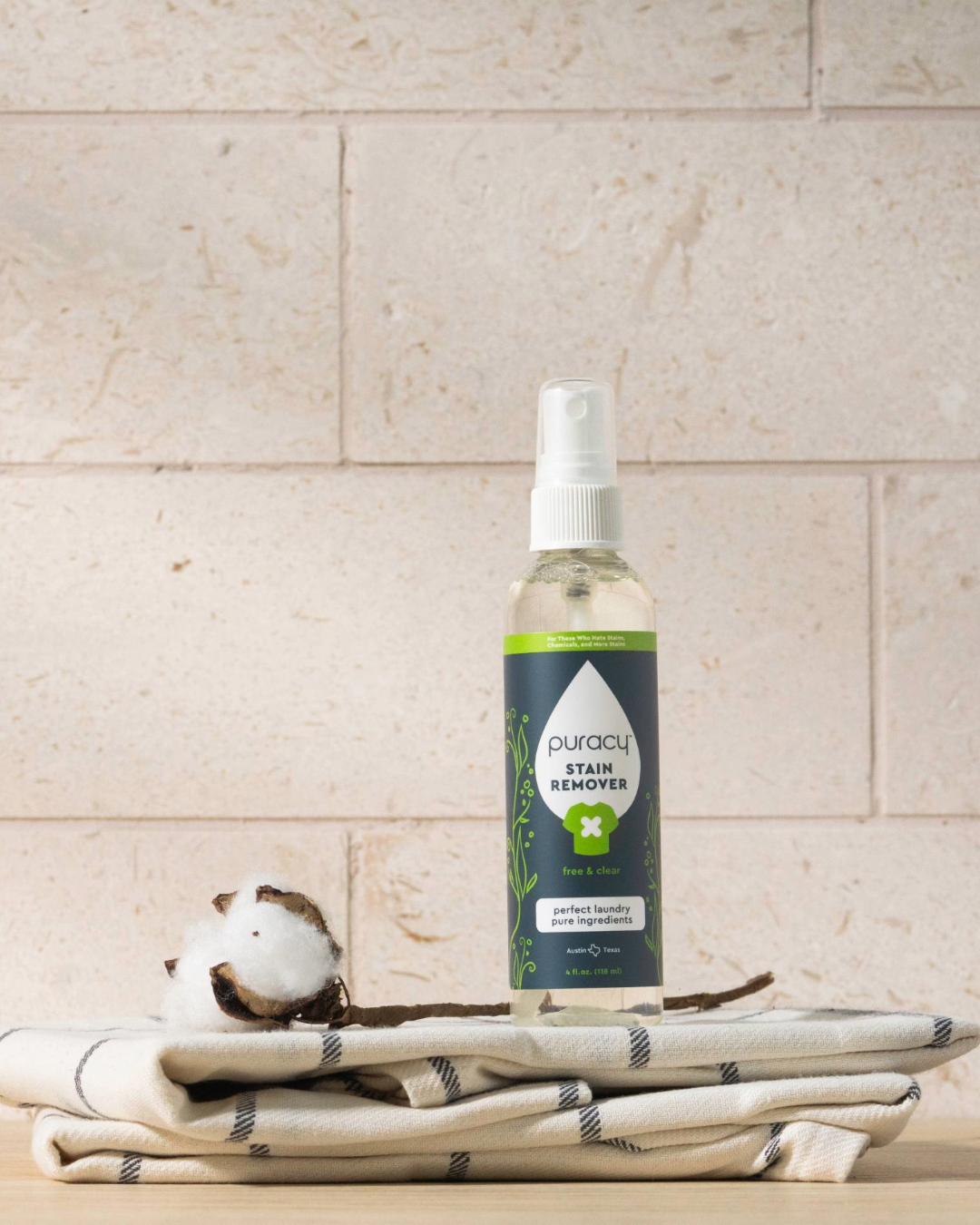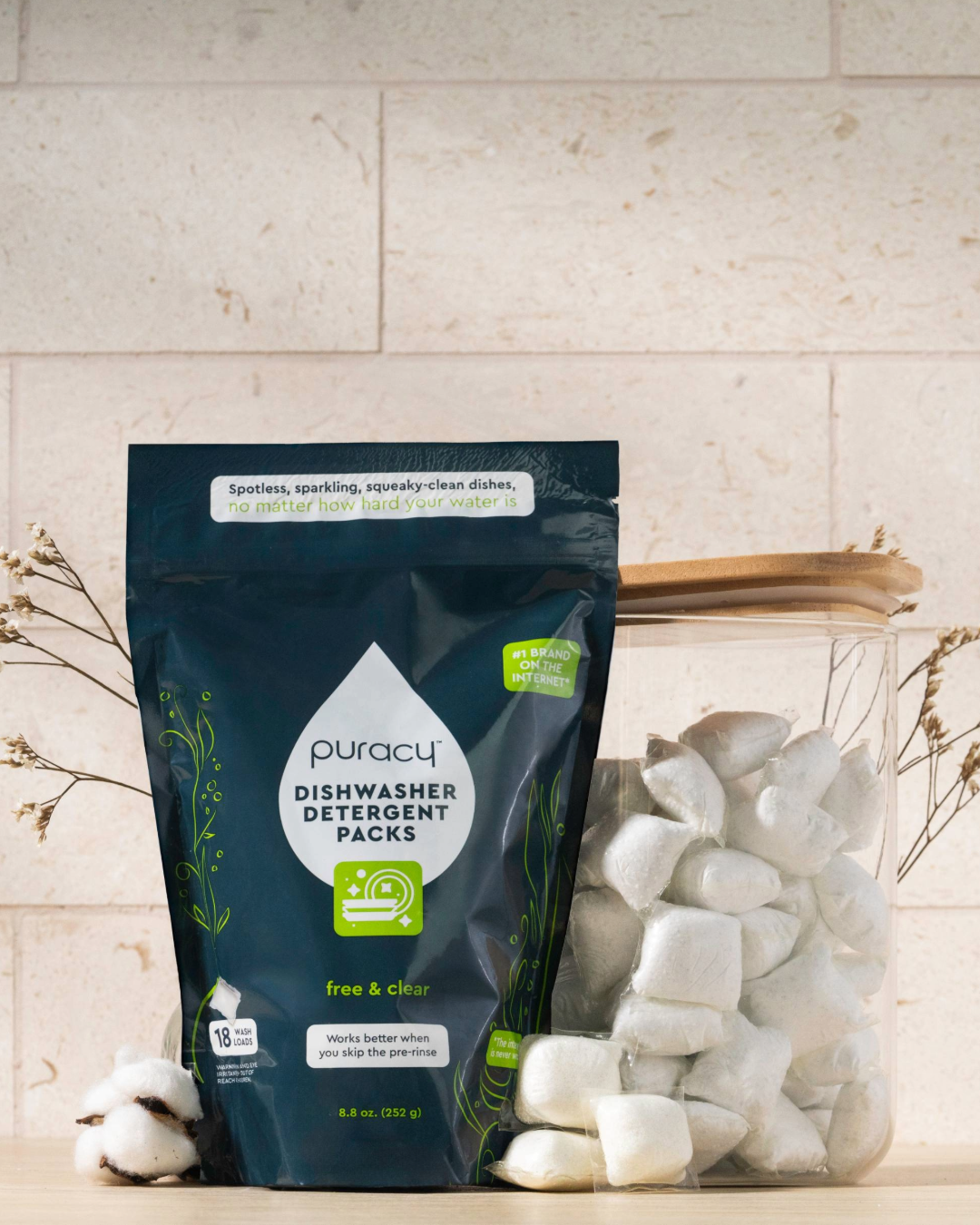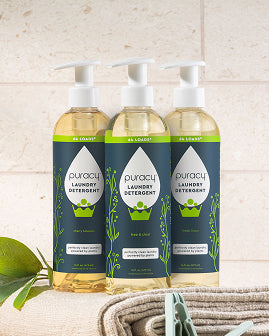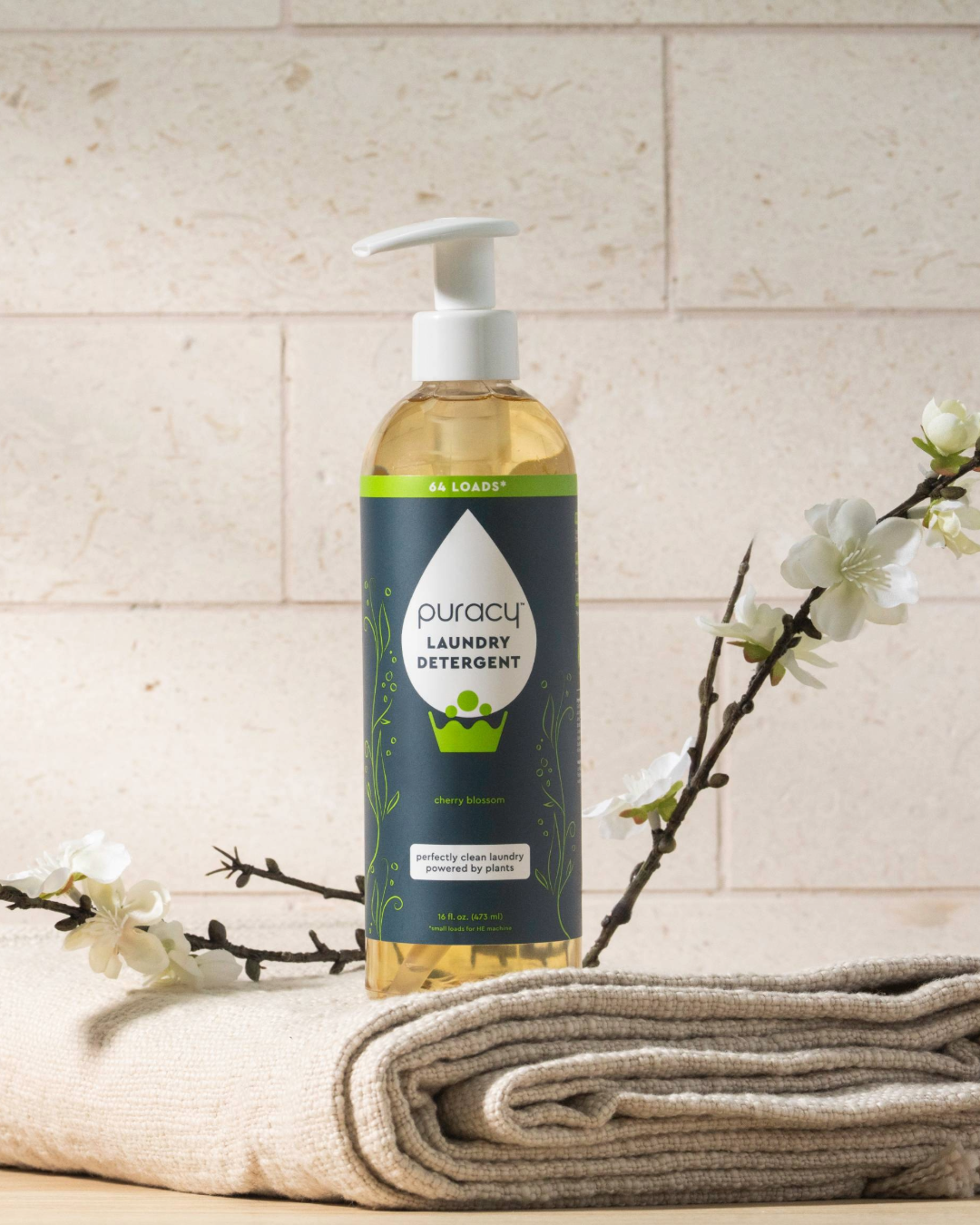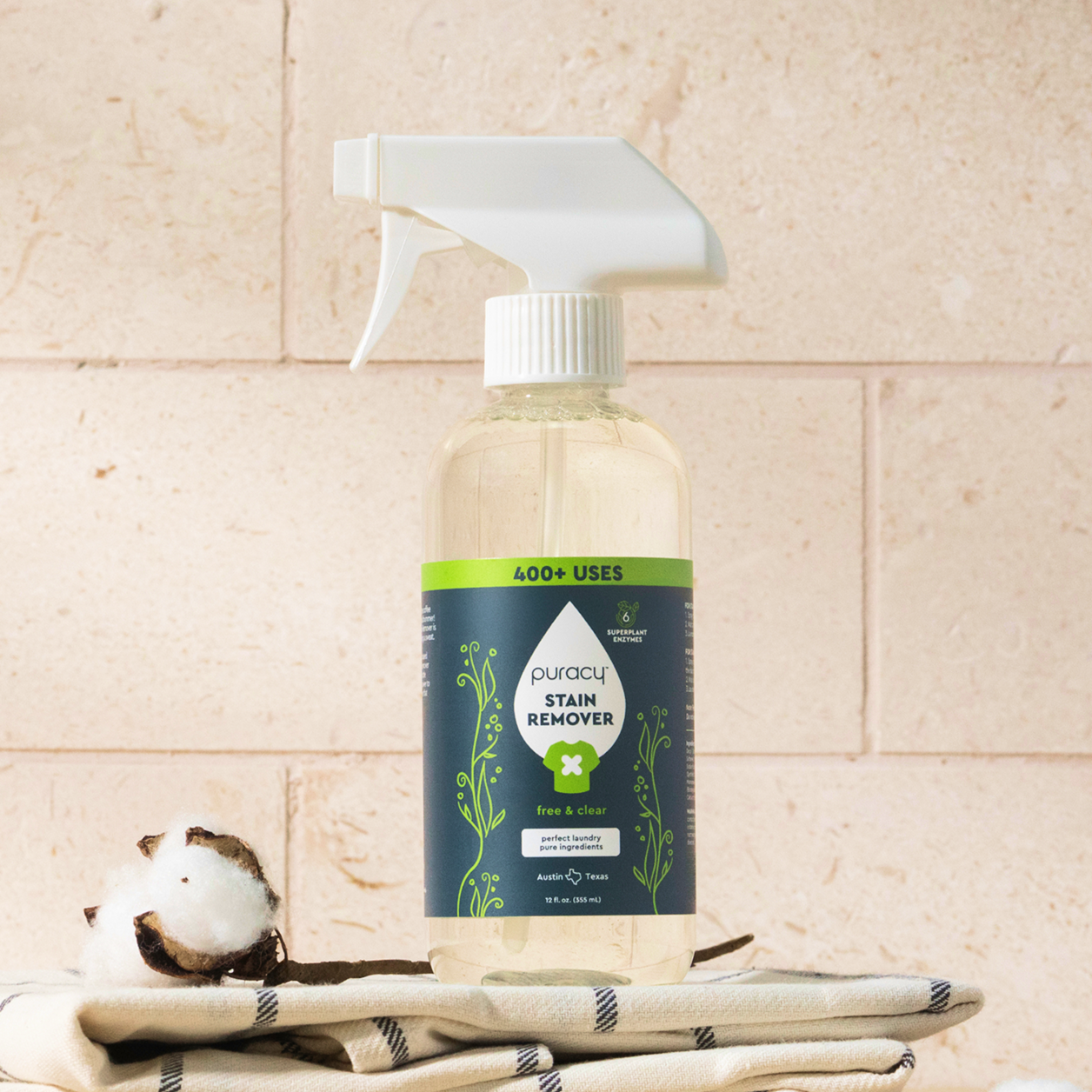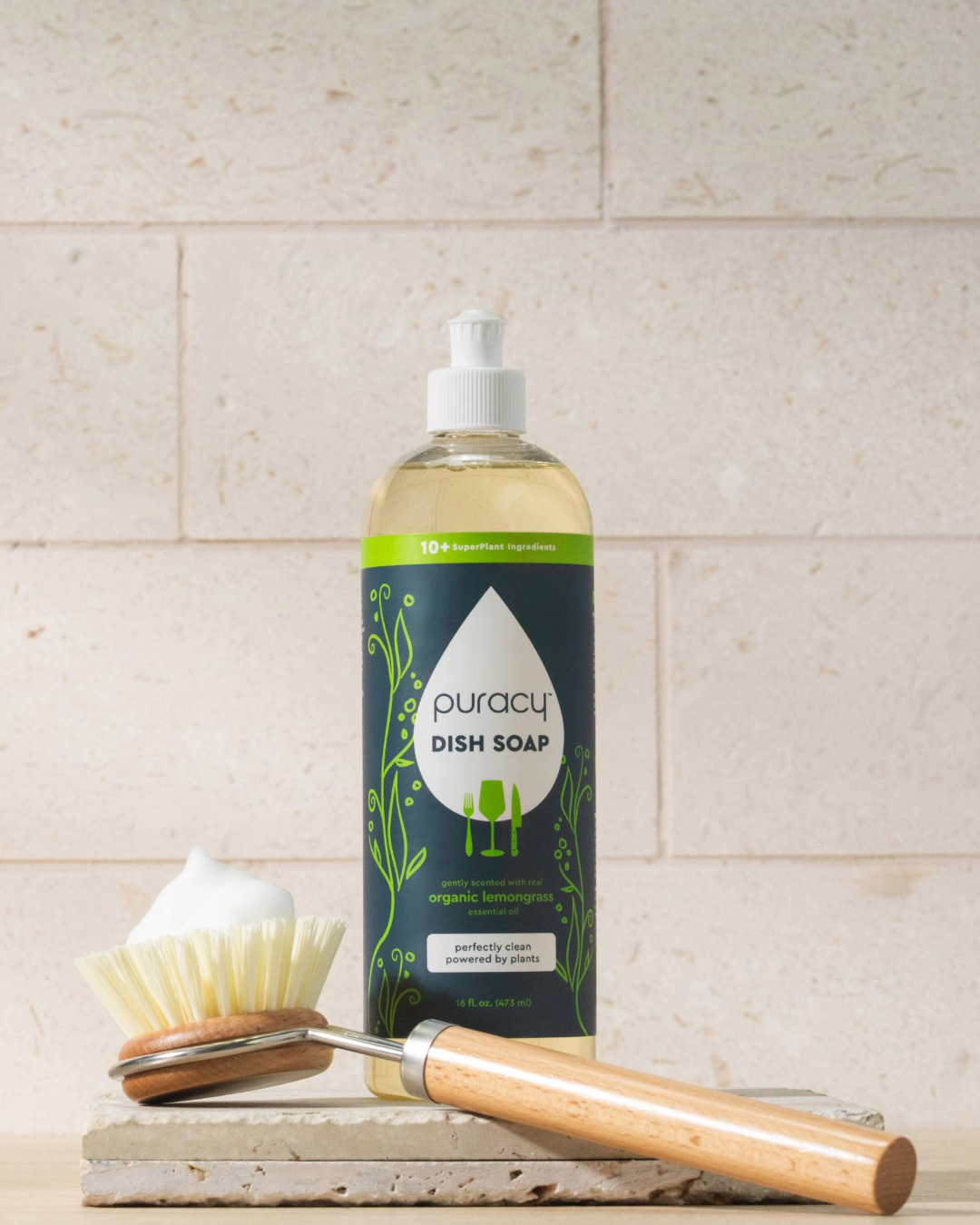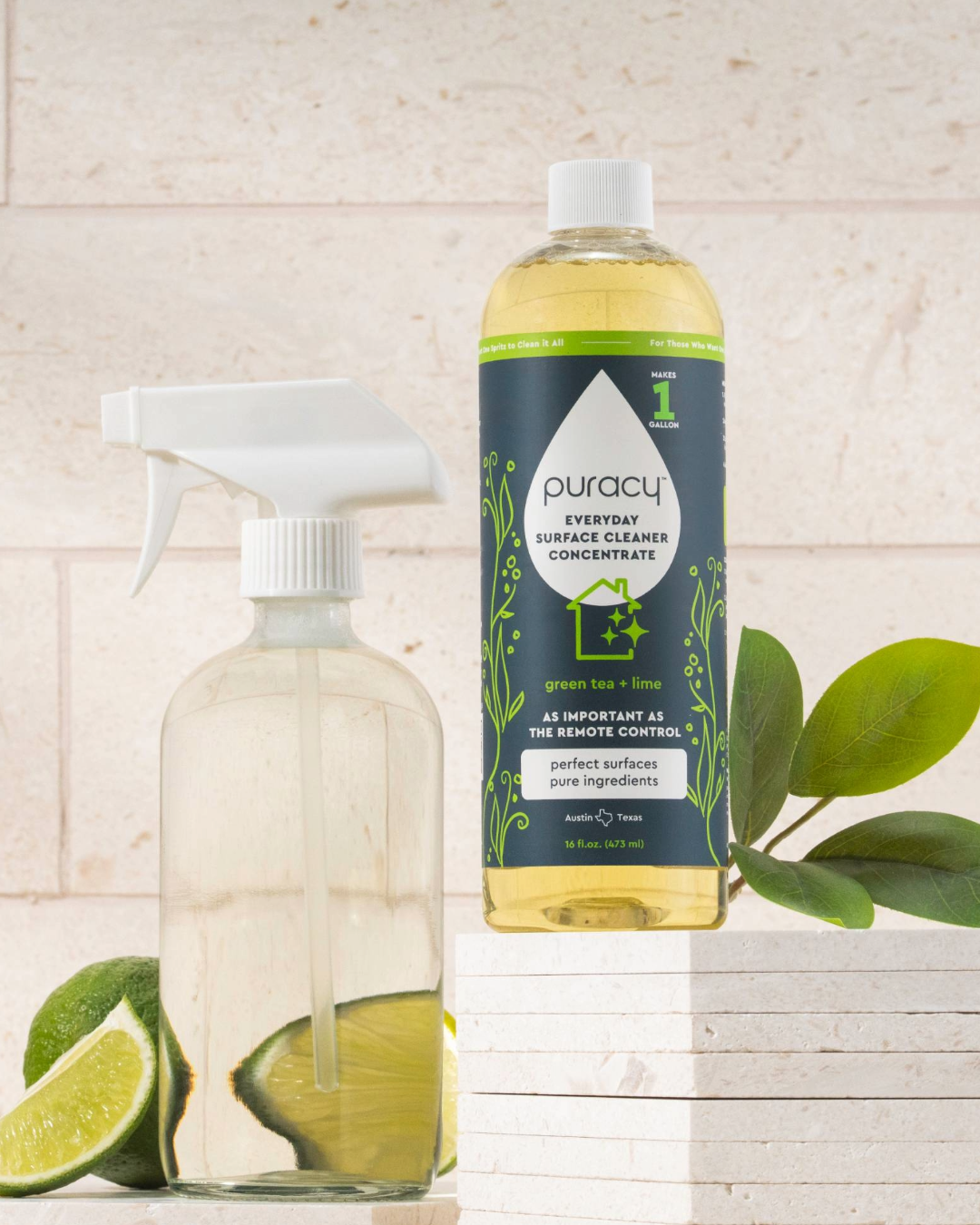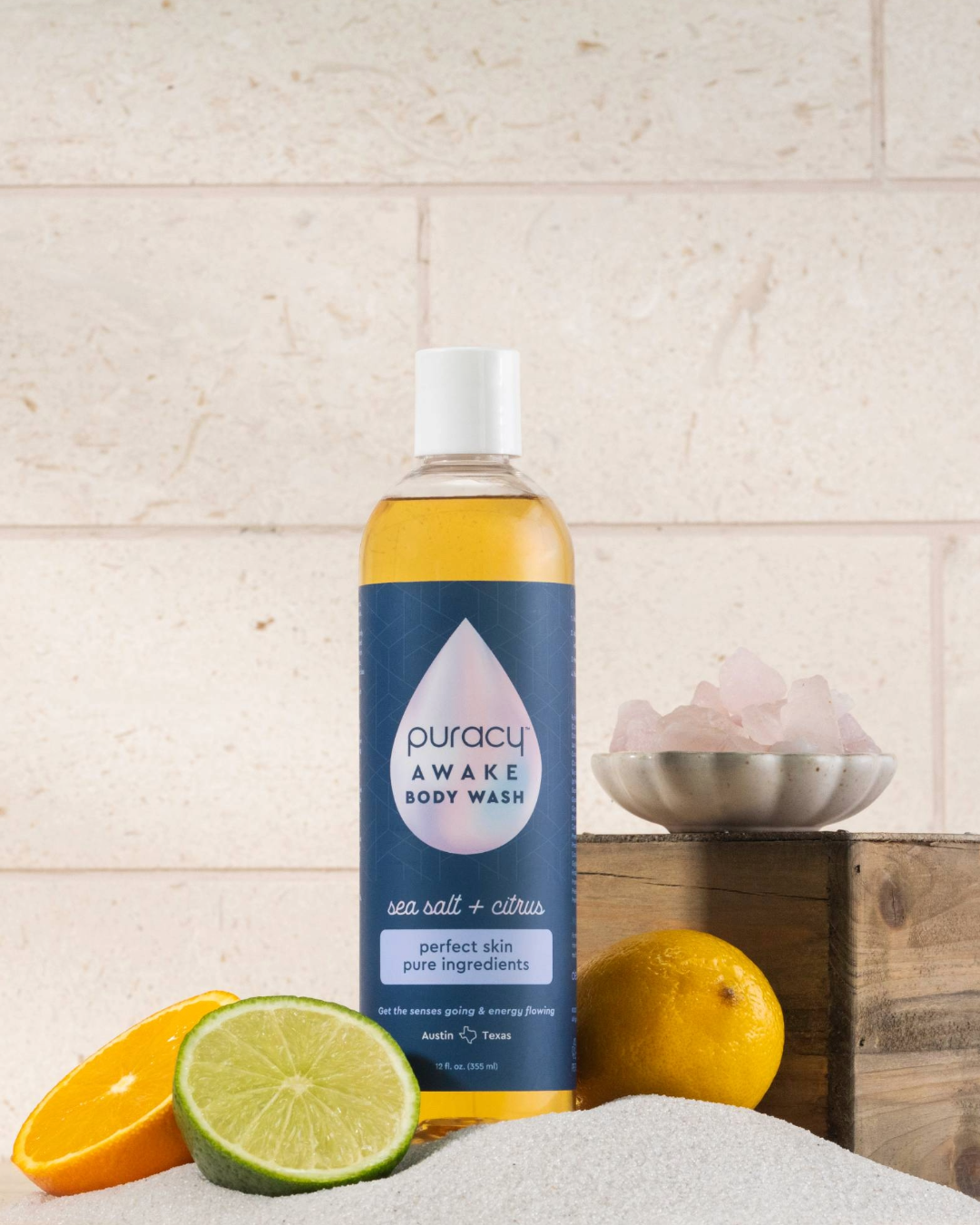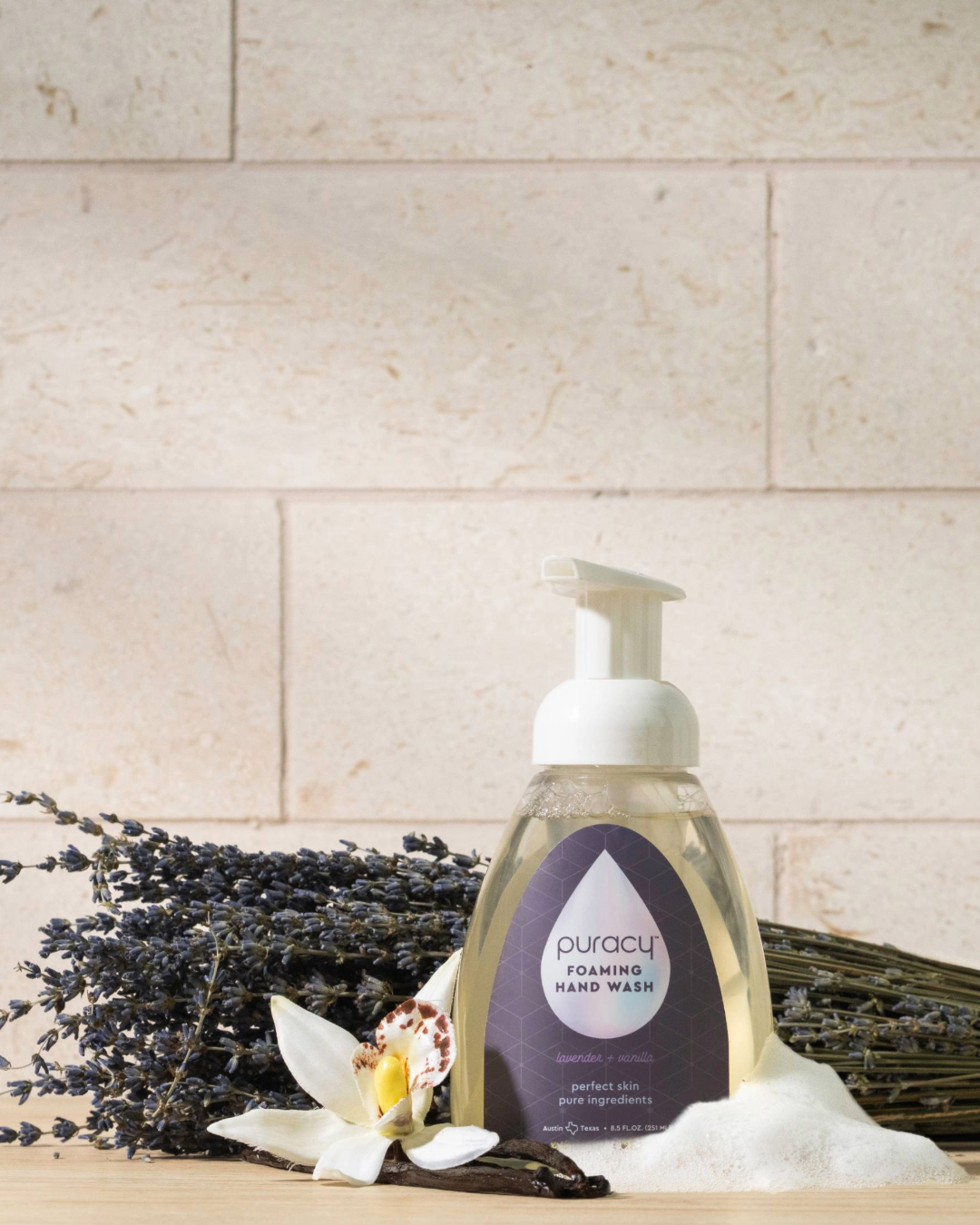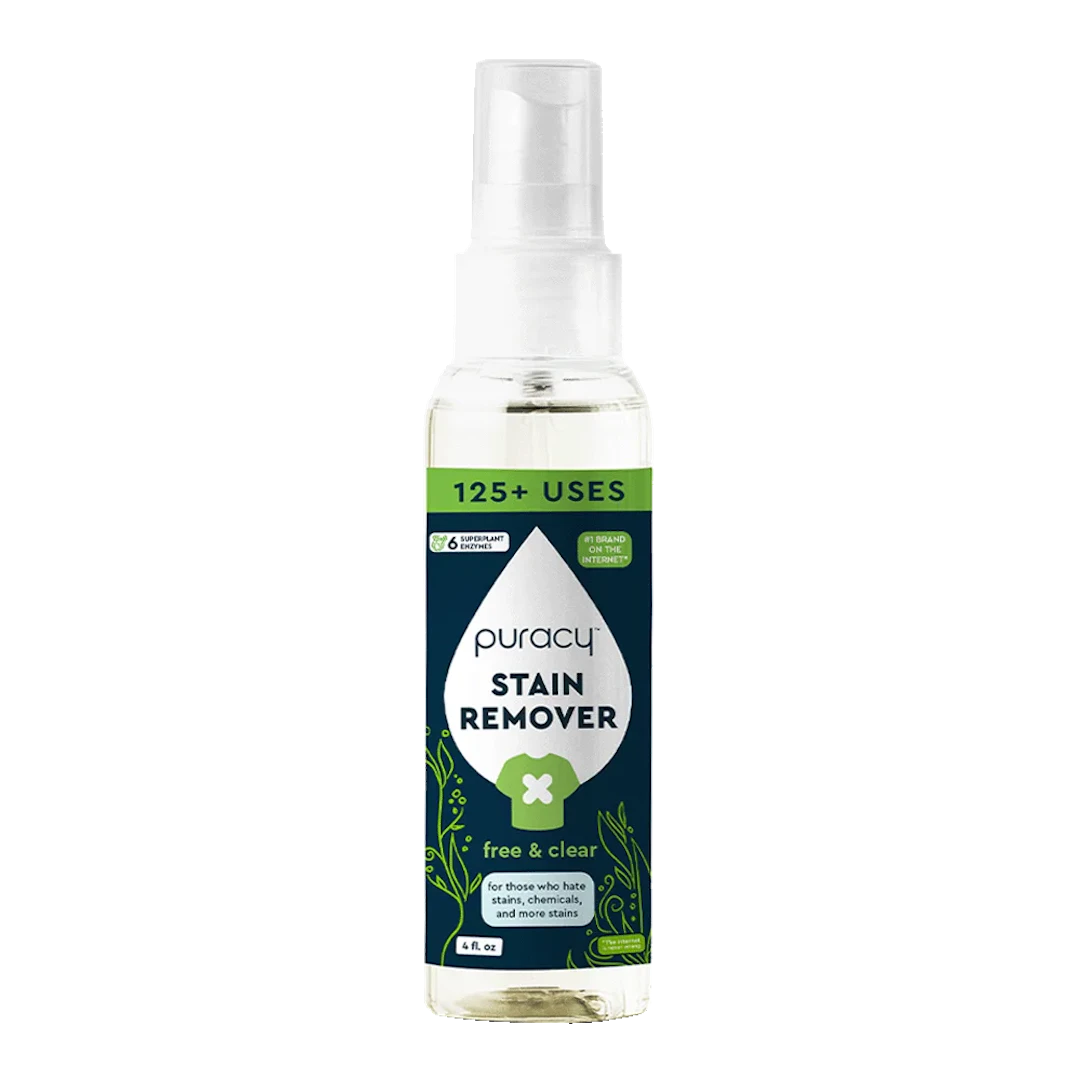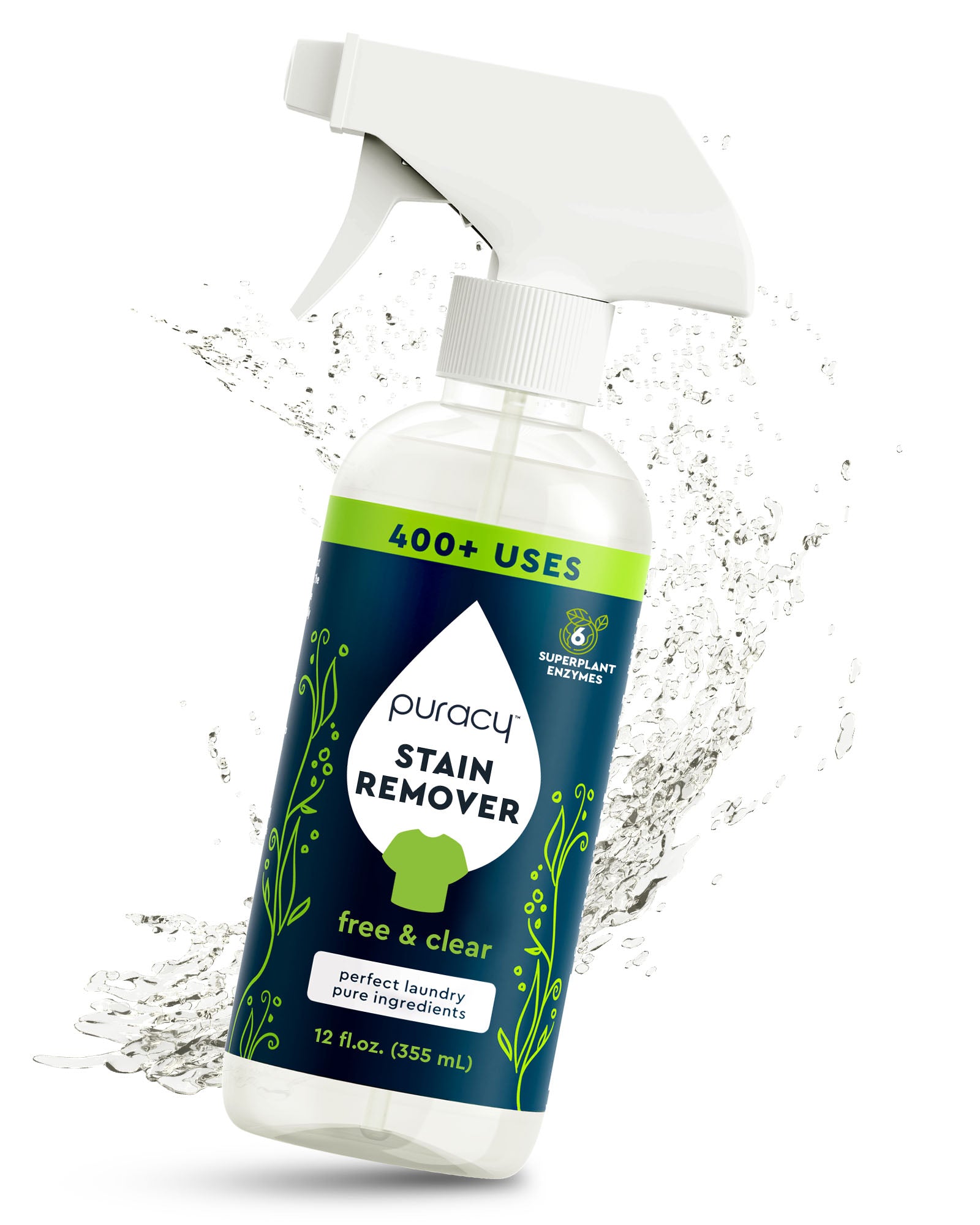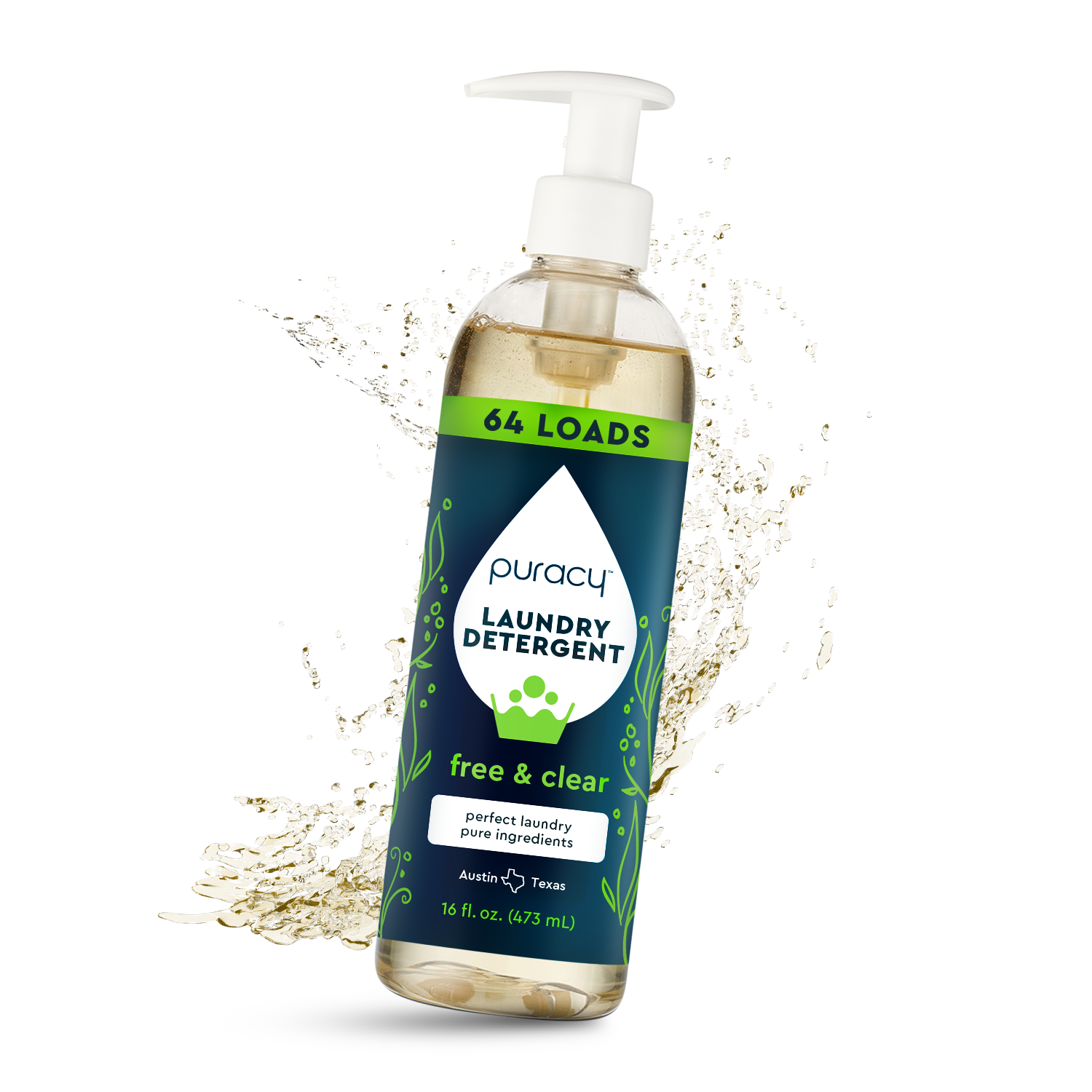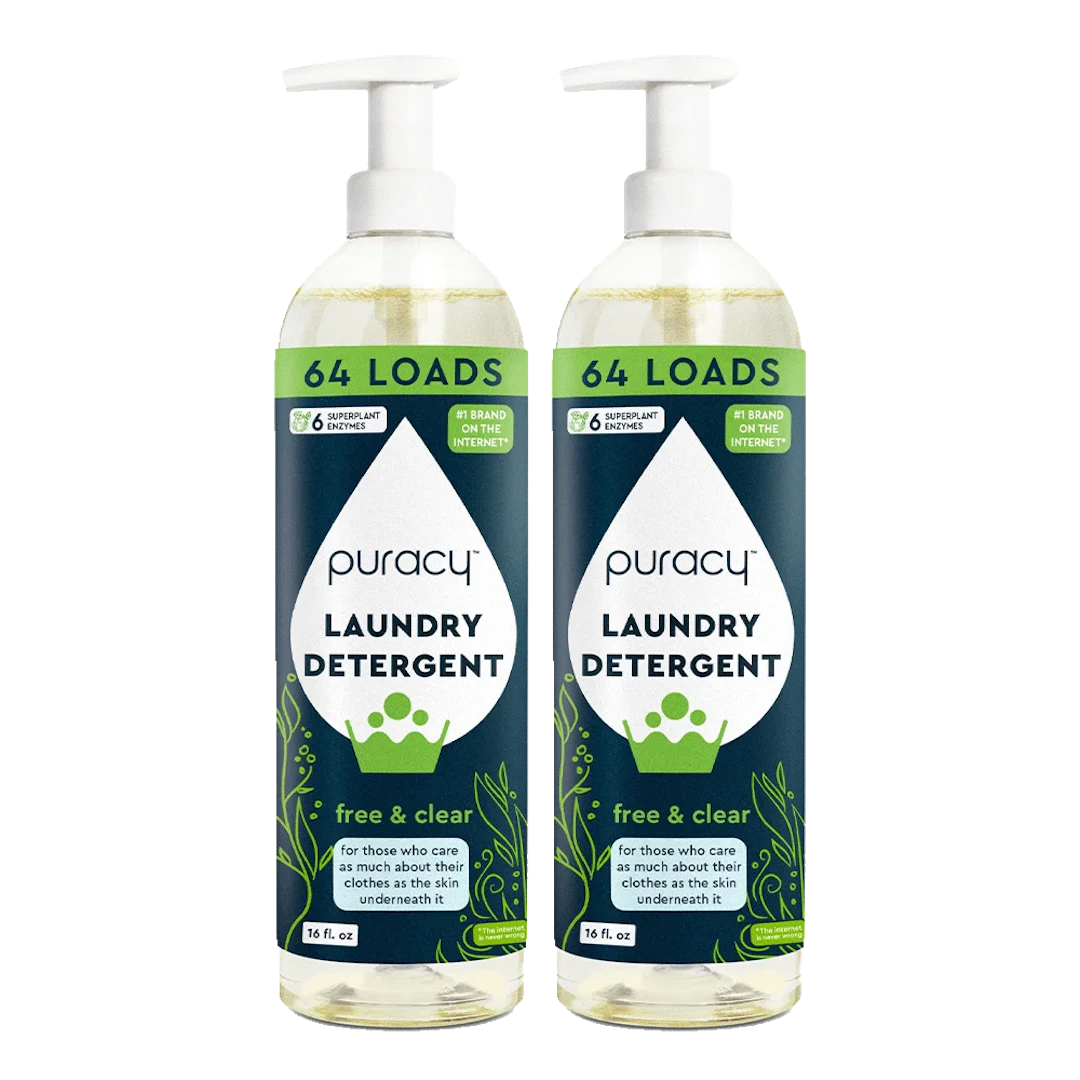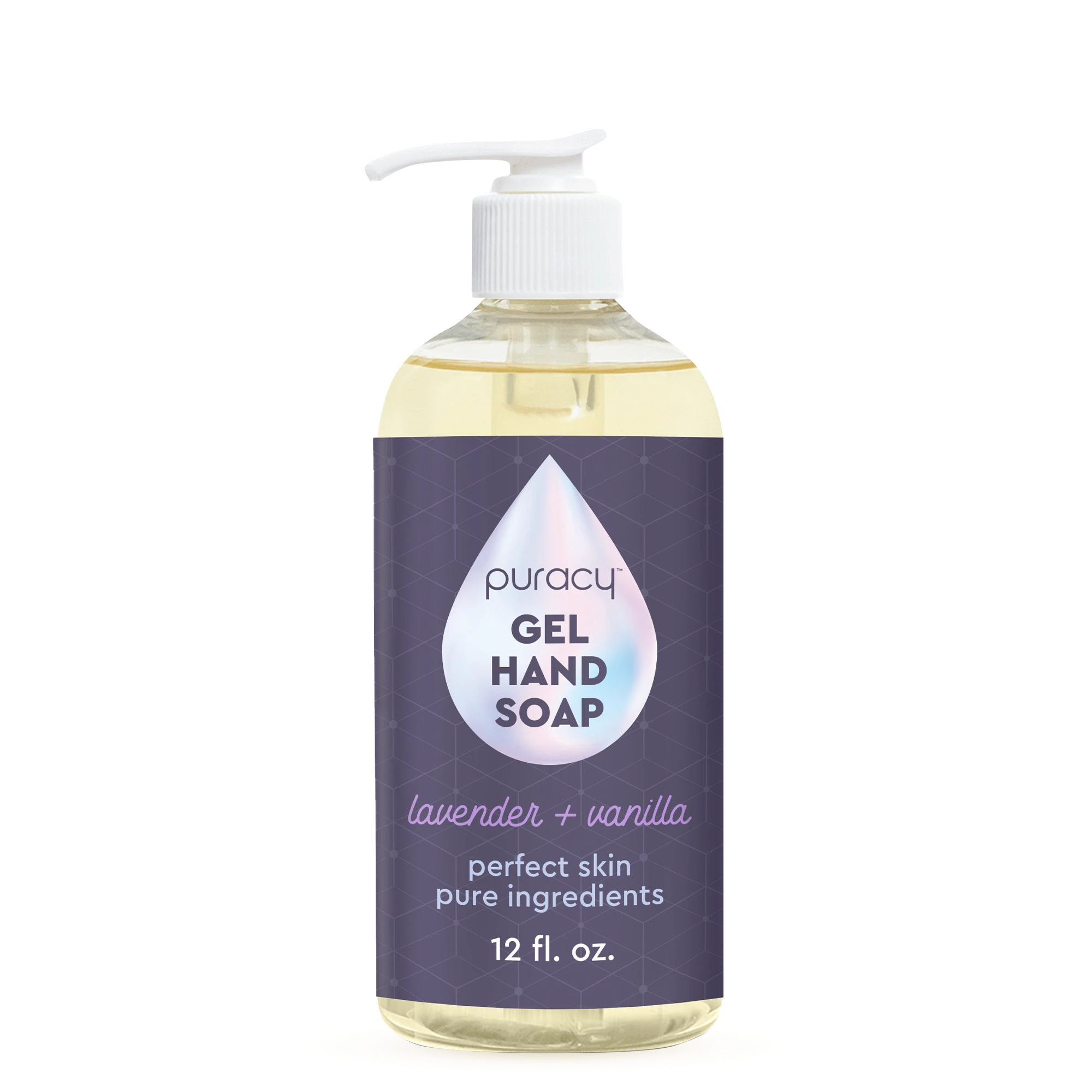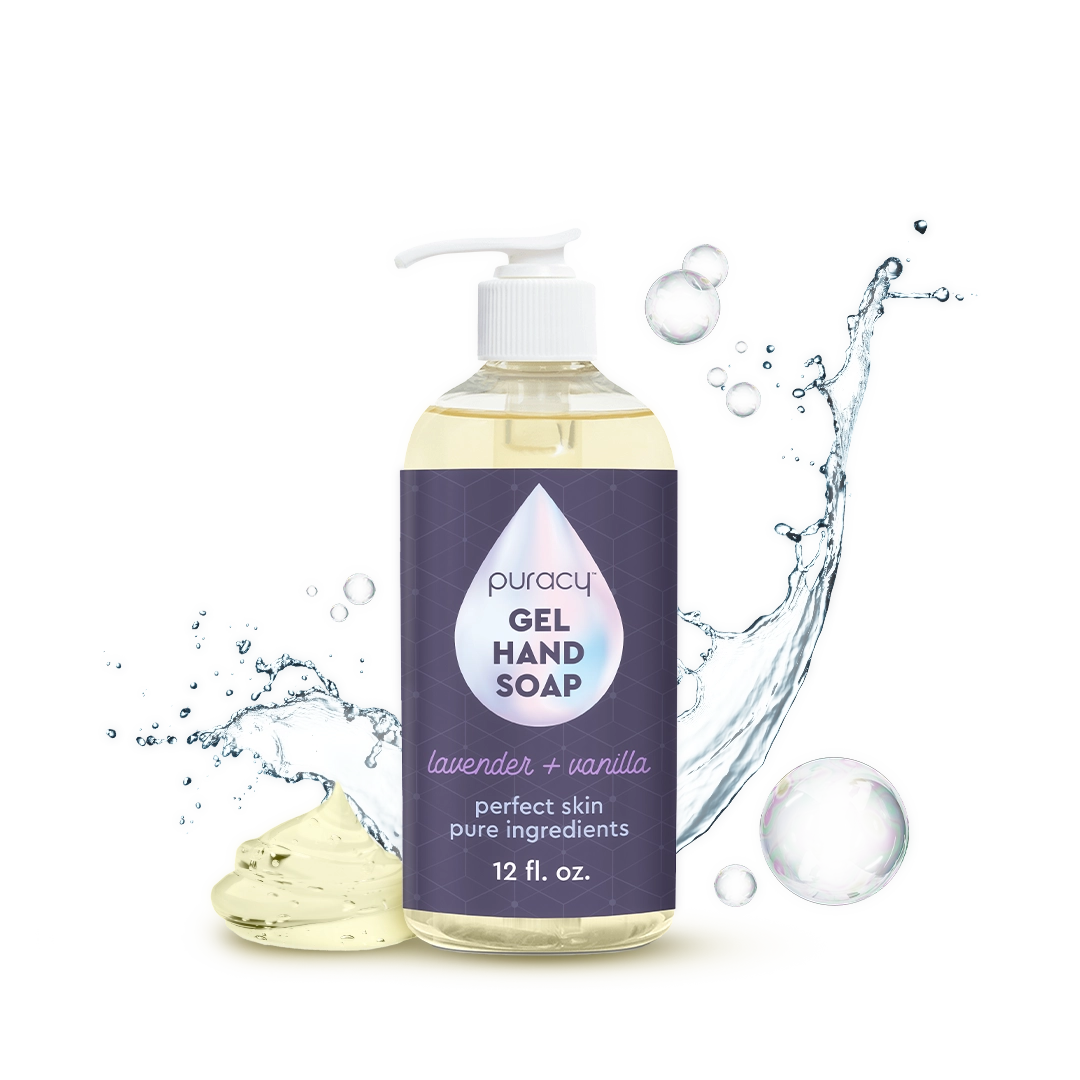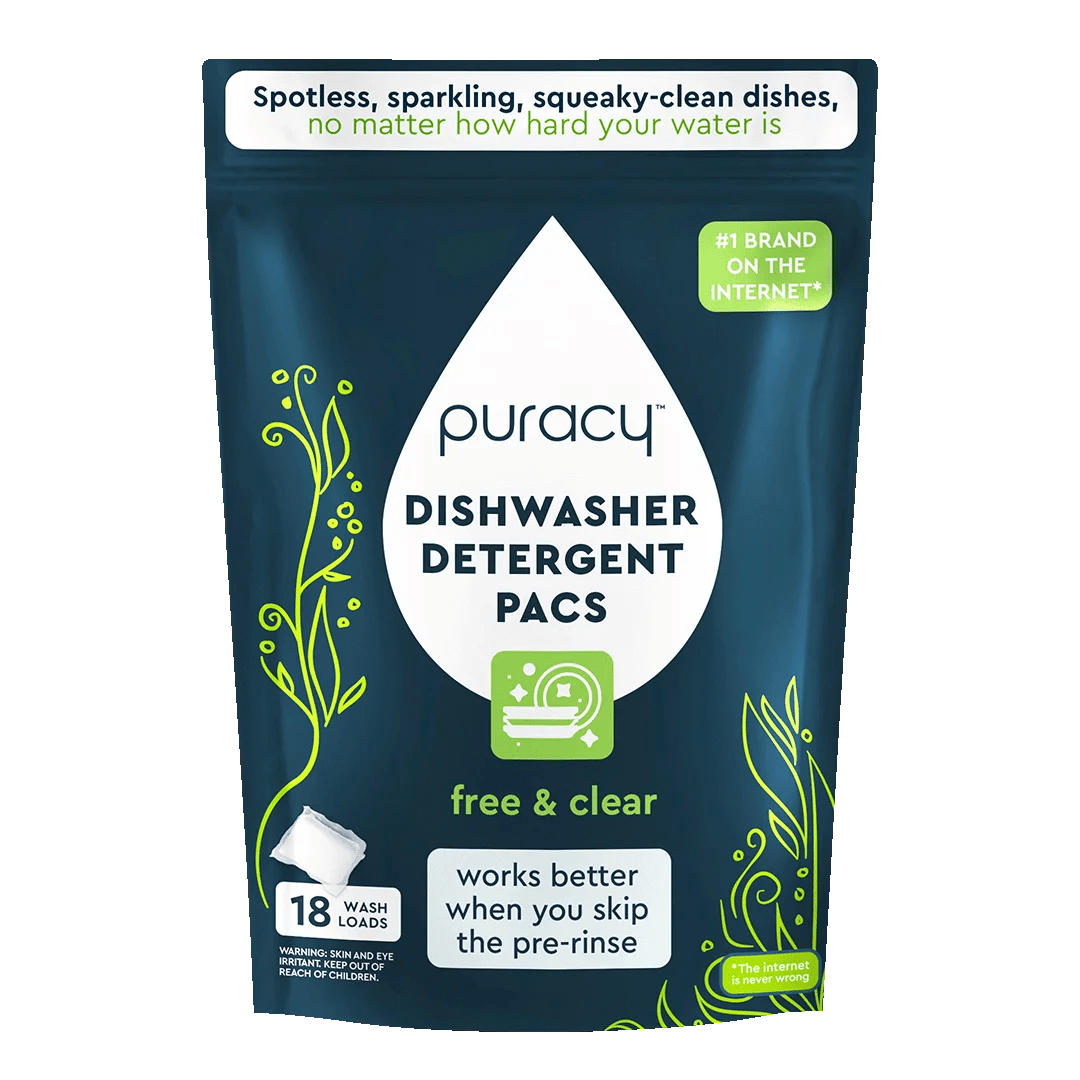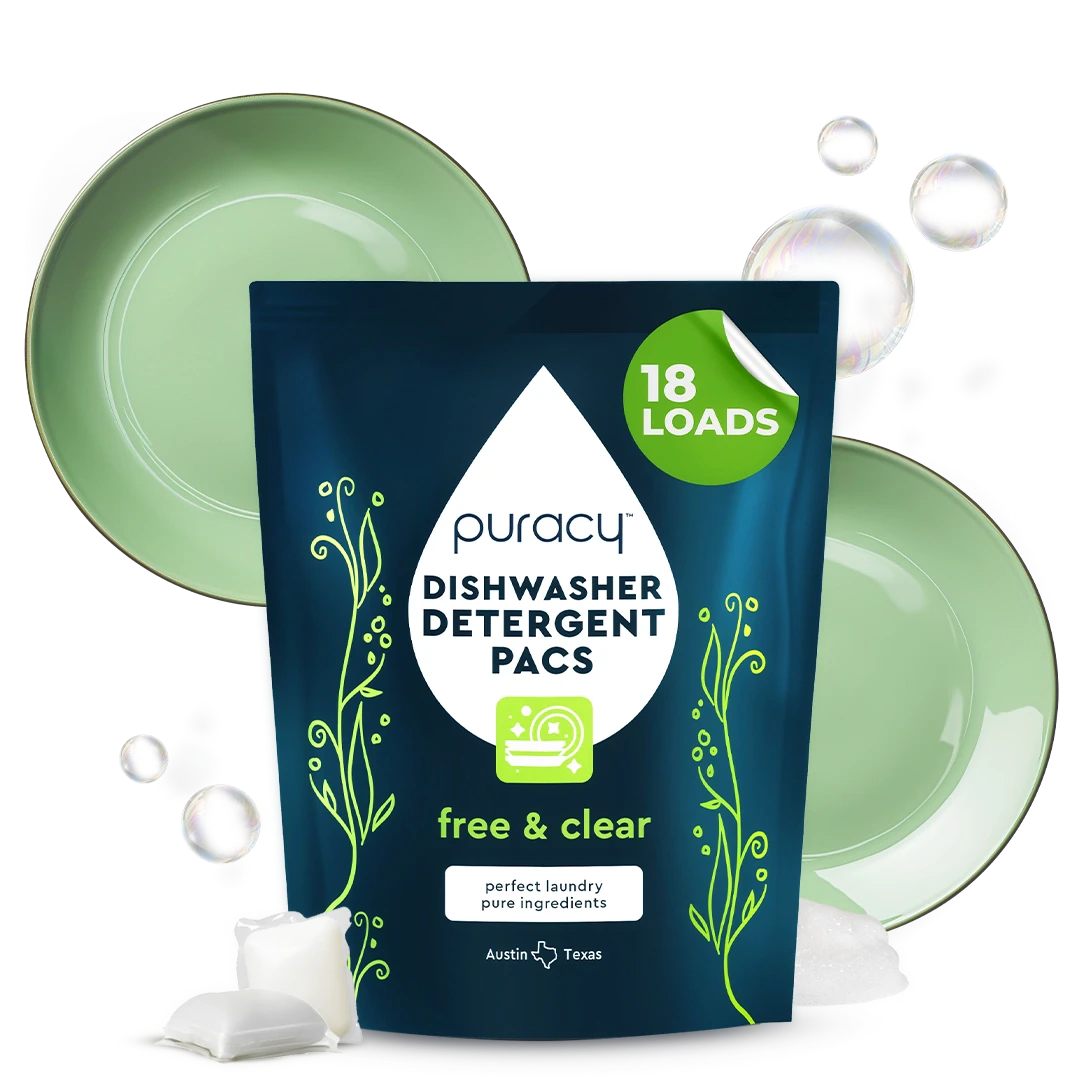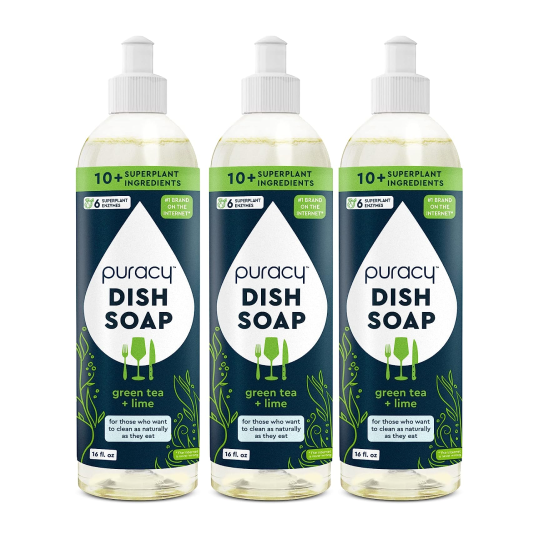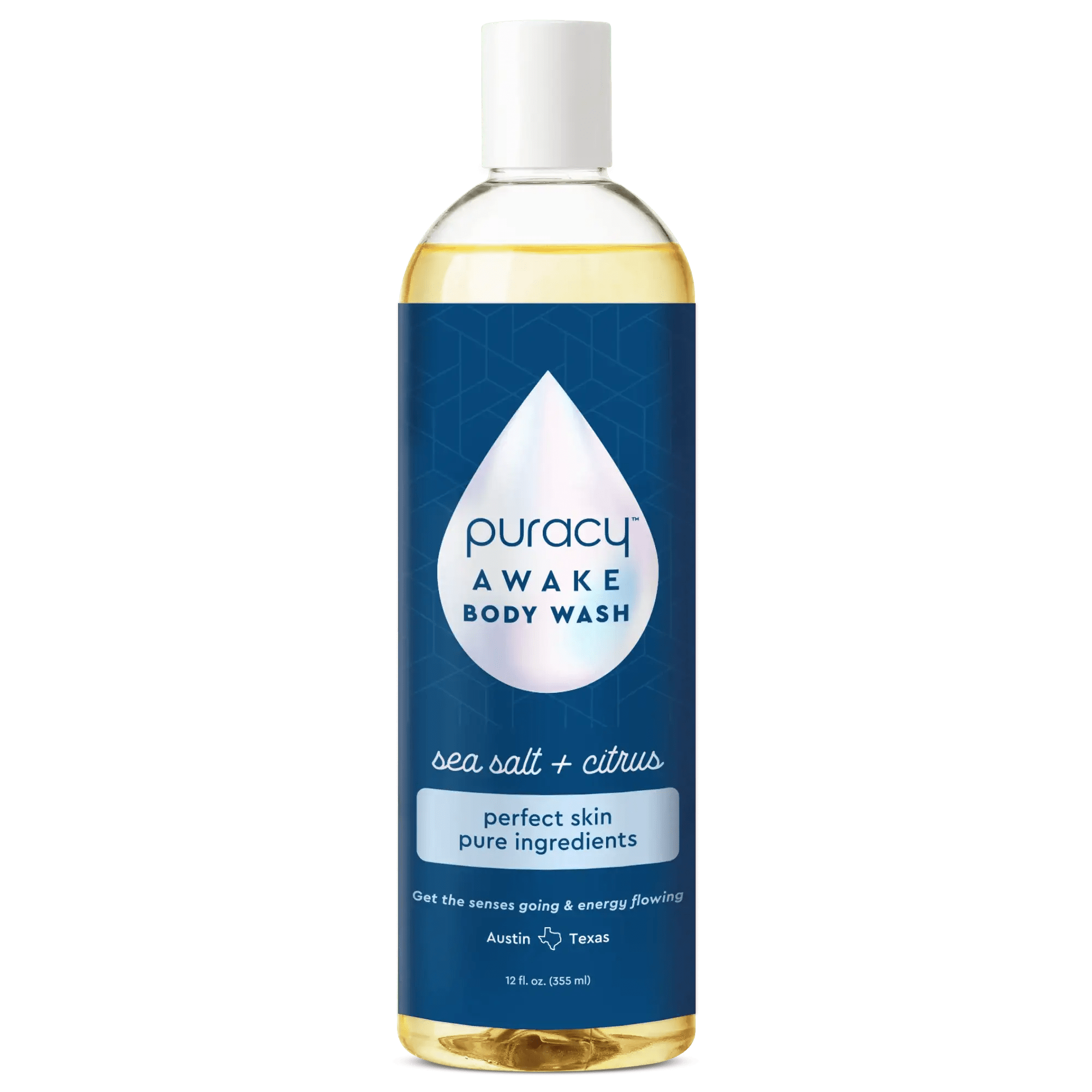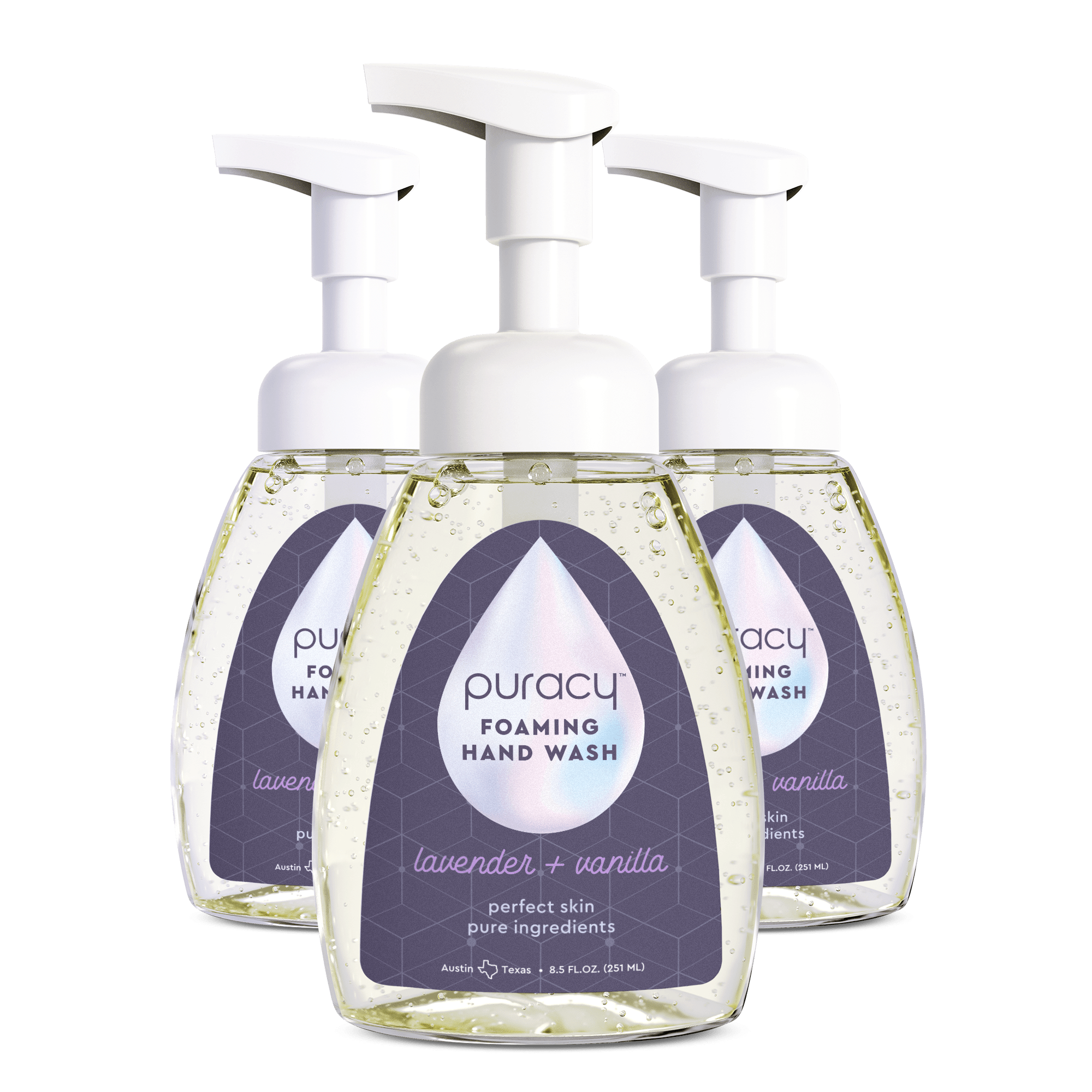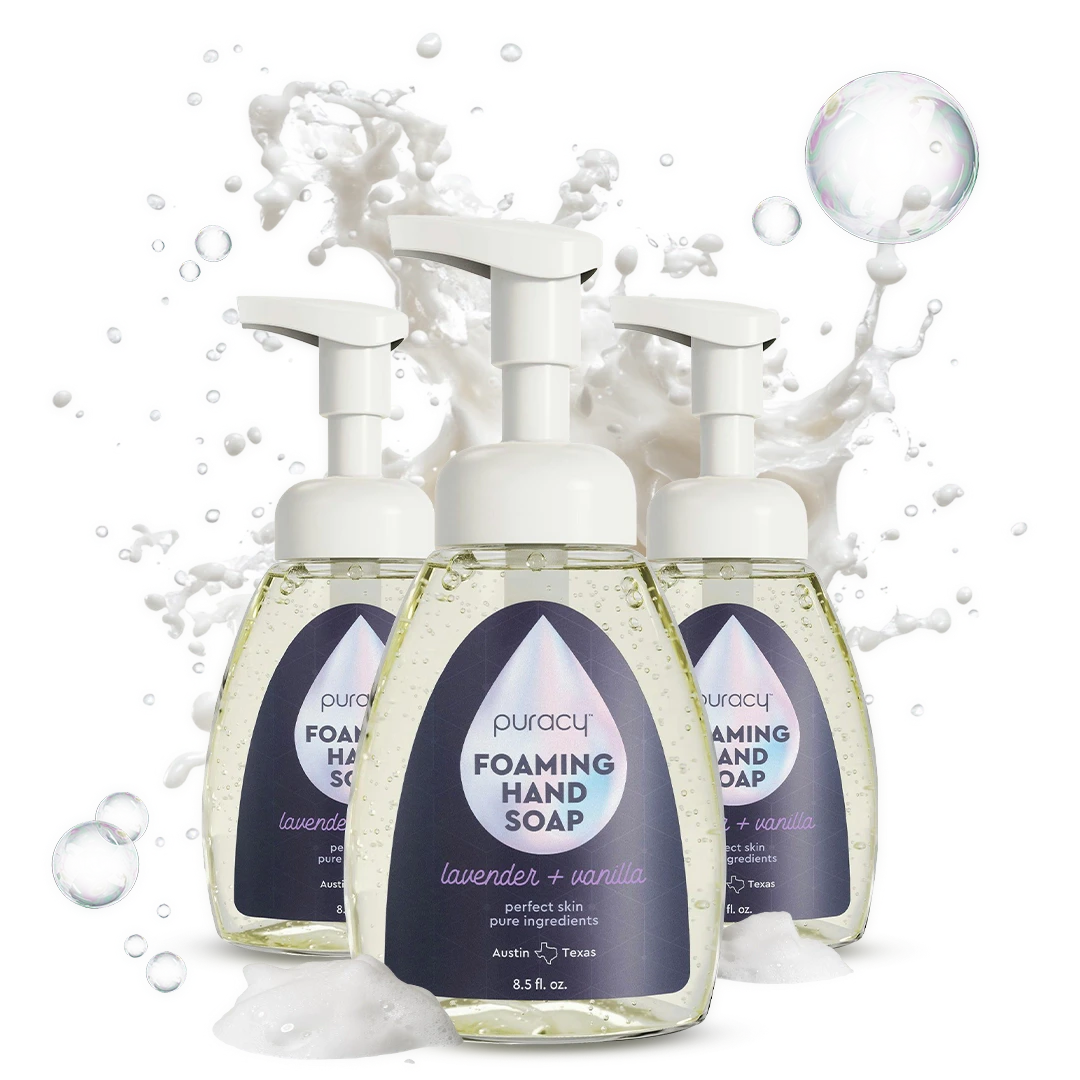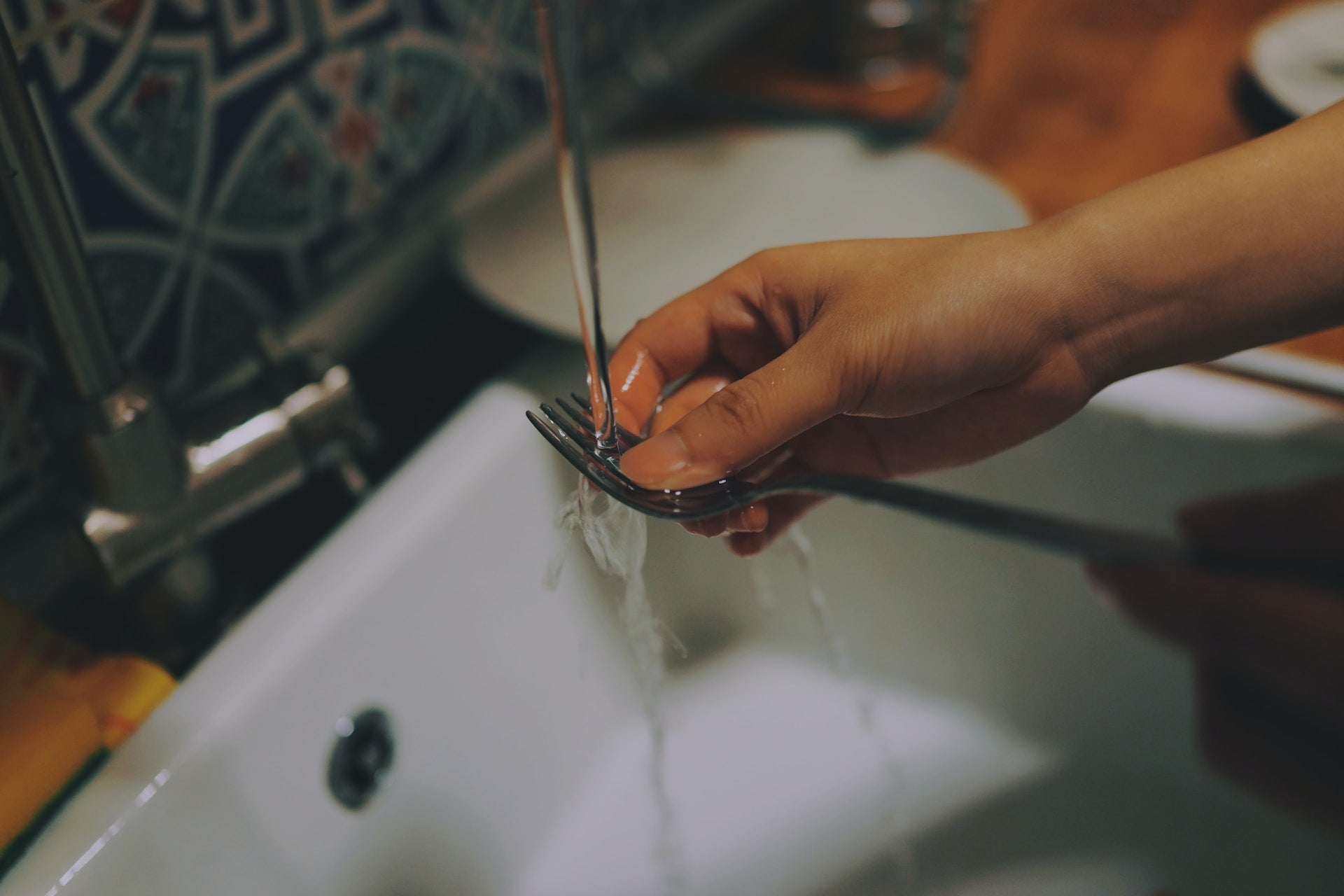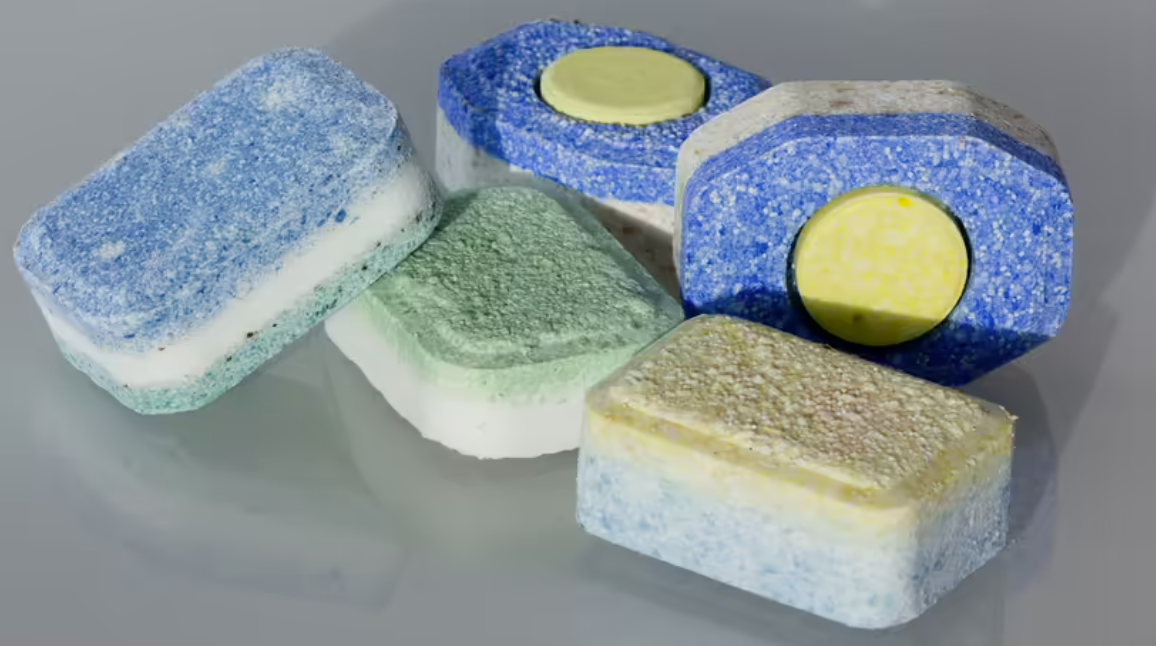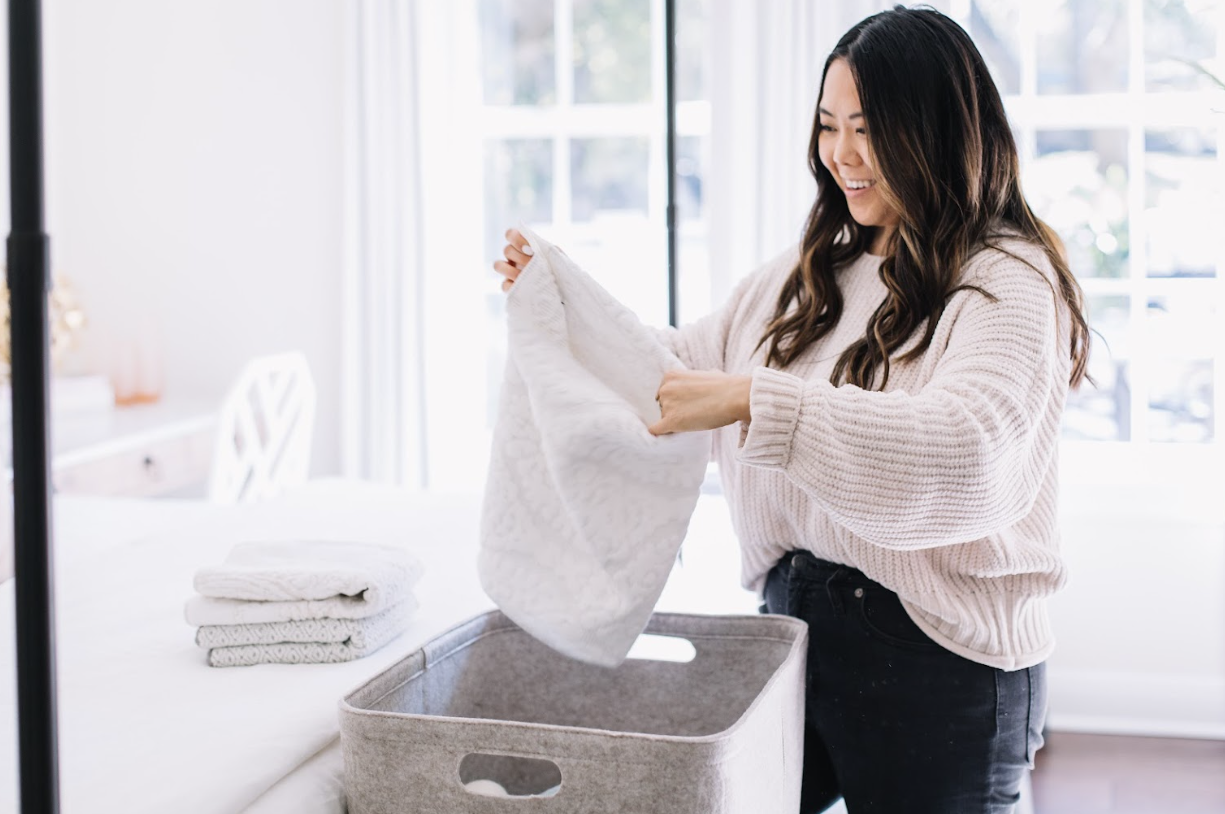
How to Safely Mix Laundry Detergent and Bleach
When it comes to DIY laundry or house cleaning solutions, you may have come across mixing laundry detergent and bleach as an effective solution. Just how safe is it? And what’s the best way to combine the two? Learn the pros and cons of this cleaning combination, as well as some safe alternatives to bleach.
Can You Mix Laundry Detergent and Bleach?

You can mix laundry detergent and bleach, but be sure to dilute the combination with water.
Steps for Mixing Laundry Detergent and Bleach

At Puracy, we don’t think you need bleach for a clean home, but if you plan on using bleach with laundry detergent, here is how to combine the two safely.
- Add a small amount of non-chlorine bleach to hot water in a clean, empty sink.
- Add laundry detergent.
- Mix the two well.
- Use the solution on laundry or to clean surfaces.
Safe Methods for Mixing Bleach and Laundry Detergent

Follow these tips to safely mix these two ingredients.
Water-to-Bleach Ratio
When mixing the two, use six parts water to one part bleach to ensure the bleach is properly diluted.
Use Oxygen Bleach
Certain laundry detergents can't be mixed with chlorine bleach. Instead, opt for oxygen bleach, which is generally safe to be mixed with detergent.
Avoid Ammonia and Hydrogen Peroxide
Never mix bleach and ammonia, as the two together form harmful chlorine gas. The same goes for hydrogen peroxide, which can explode when together.
Only Use on Non-Porous Surfaces
If you are using the mixture to clean countertops or tables, be sure to only use it on non-porous surfaces. Porous surfaces such as wood can be stained or damaged.
Clean with Caution
When you're using this solution (and any time you use bleach) be sure to protect your skin with gloves. Also keep windows and doors open to increase ventilation.
How Much Bleach Should You Add to Laundry?

Depending on what you're watching, the amount of bleach will differ.
- Sanitizing Clothes
Mix 1/2 cup of bleach in a standard washing machine, or 1/4 cup in a high efficiency machine.
- Removing Stains on a Normal Laundry Load
Mix 1/3 cup of bleach in a standard washing machine, or go up to the maximum line in the dispenser in a high efficiency machine.
- Removing Stains on a Heavily Soiled Laundry Load
Mix 2/3 cup of bleach in a standard washing machine, or go up to the maximum line in the dispenser in a high efficiency machine.
Benefits of Mixing Laundry Detergent and Bleach

There are advantages to using this cleaning combination, including cleaner laundry, deodorizing, and more.
-
Stain Removal
The combination of detergent and bleach is an effective treatment on tough stains. However, be careful of using bleach on delicate fabrics such as silk or wool and always check an item’s fabric care instructions before washing.
-
Deodorizing
If you’re dealing with a load of laundry that contains strong odors or smells, this combination can work to deodorize fabrics. The same goes to odors or scents on surfaces or countertops.
-
Antibacterial Properties
When it comes to certain germs or bacteria such as listeria, salmonella, or e.coli, this combination can be effective at disinfecting bathrooms and kitchens.
Disadvantages of Mixing Laundry Detergent and Bleach

Take note of some concerns or precautions when mixing these two components.
- Staining or Discoloration
You should never use bleach on fabrics like leather, silk, or wool. If you're not sure about a certain fabric, test the mixture on a small portion of the item first to ensure colorfastness. Avoid fading or yellow discoloration by sorting clothes by like colors.
- Bleach Inhalation and Skin Contact
Using bleach in a poorly ventilated area is dangerous since bleach is harmful when directly inhaled. Make sure doors and windows are open, and if needed, wear a mask. You should always protect your skin when using bleach, so make sure to always wear protective gloves as well.
- Children and Pet Safety
Use caution when using bleach around children and pets. Young children are taken to the ER a disproportionate amount due to household cleaner exposure, so take extra care when using bleach in their vicinity.
Alternatives to Bleach

The potential dangers of bleach include toxicity, negative impact on the human microbiome, and bleach exposure. If you're looking for alternatives to bleach for the safety of your household, you can use the following ingredients to whiten clothes:
- Baking Soda
- Dishwasher Detergent
- Vinegar
- Lemon Juice
Explore more alternatives with our tips on how to whiten clothes without bleach.
Tackle Stains Using a Natural, Enzyme-Powered Formula

One of the safest, most natural ways to tackle tough stains is with Puracy’s Natural Stain Remover. Powered by All 6 plant-powered enzymes and vegetable-based cleansers, it's guaranteed to safely remove all clothing stains and odors, whether the stain was made 3 minutes ago or 3 years ago.
